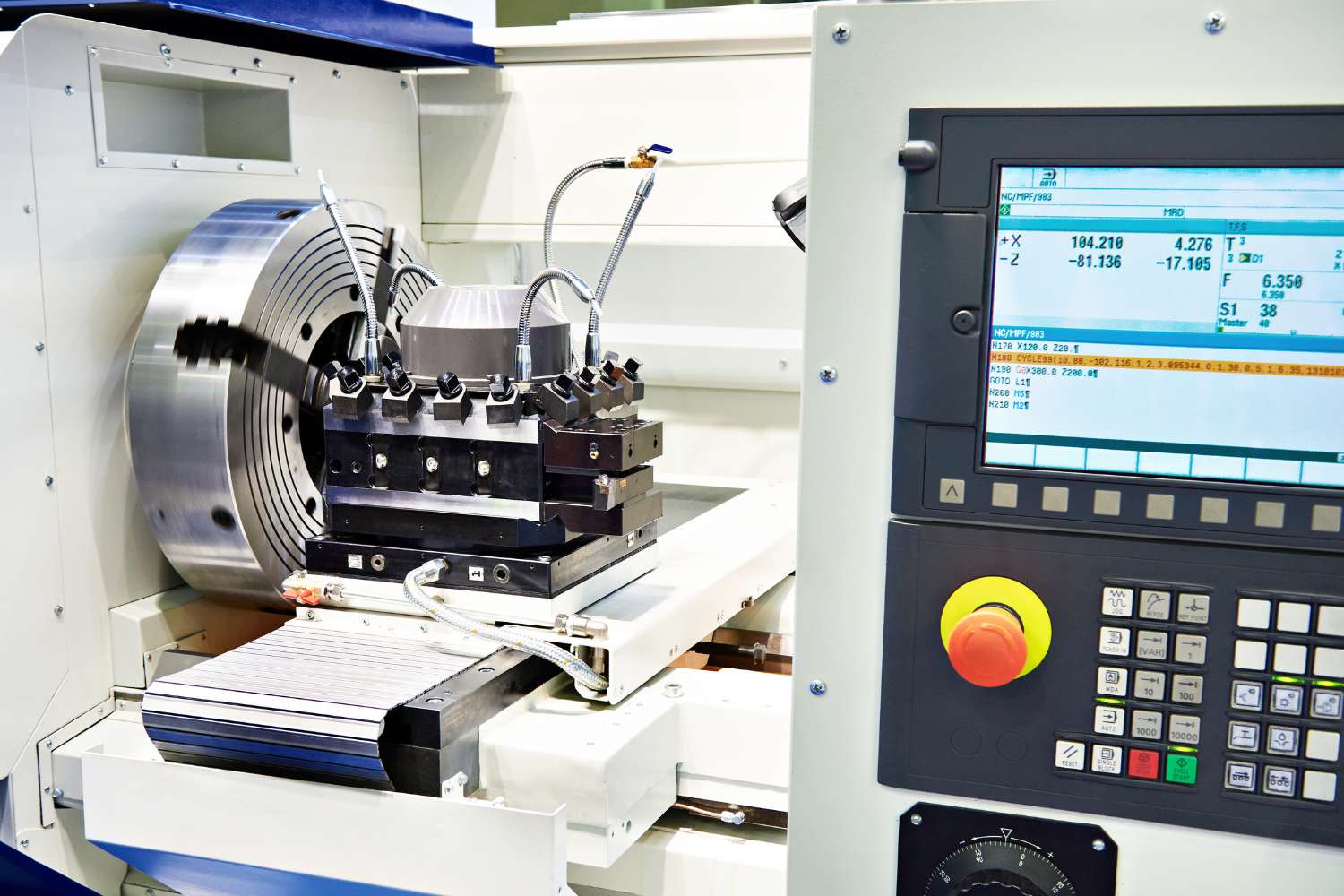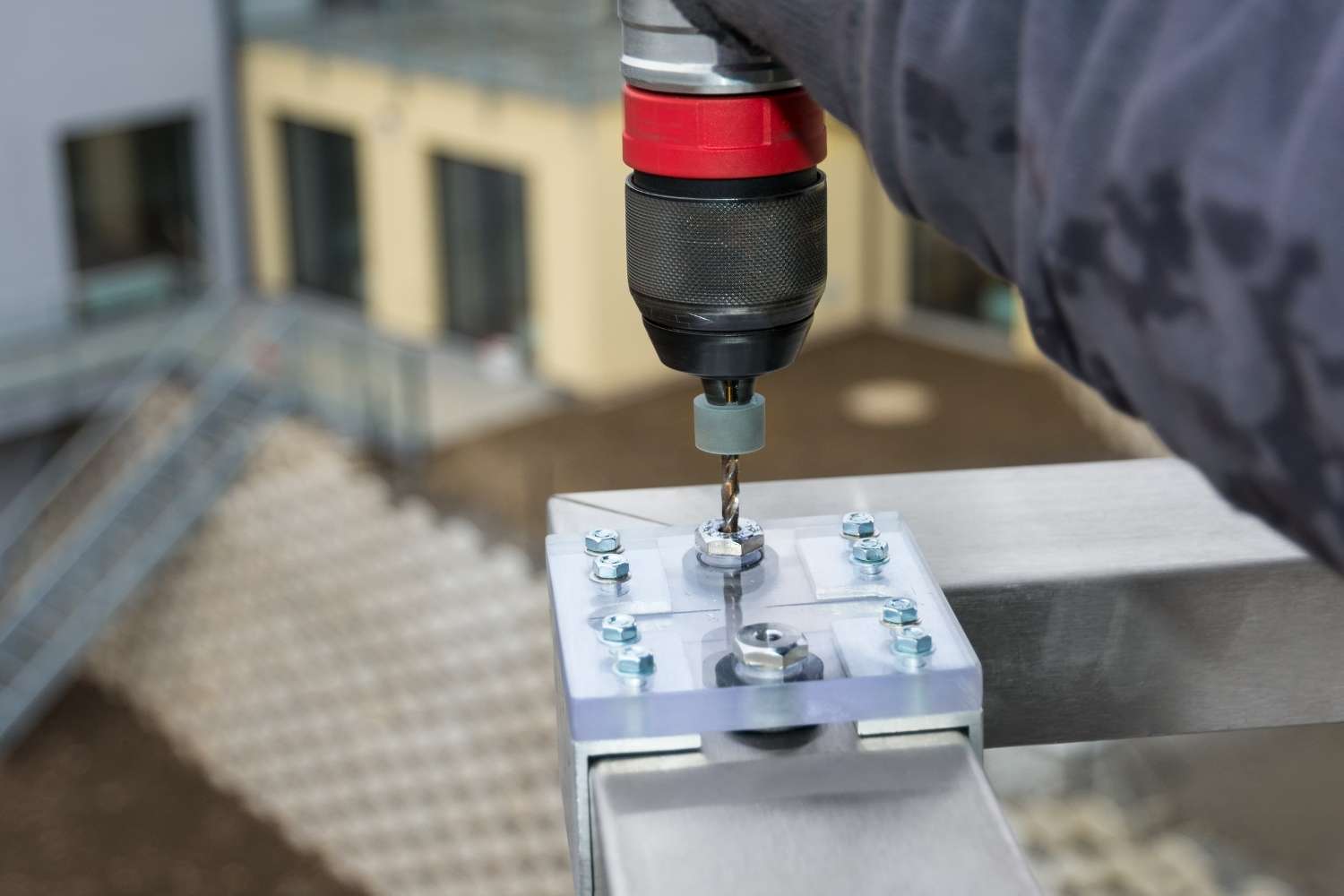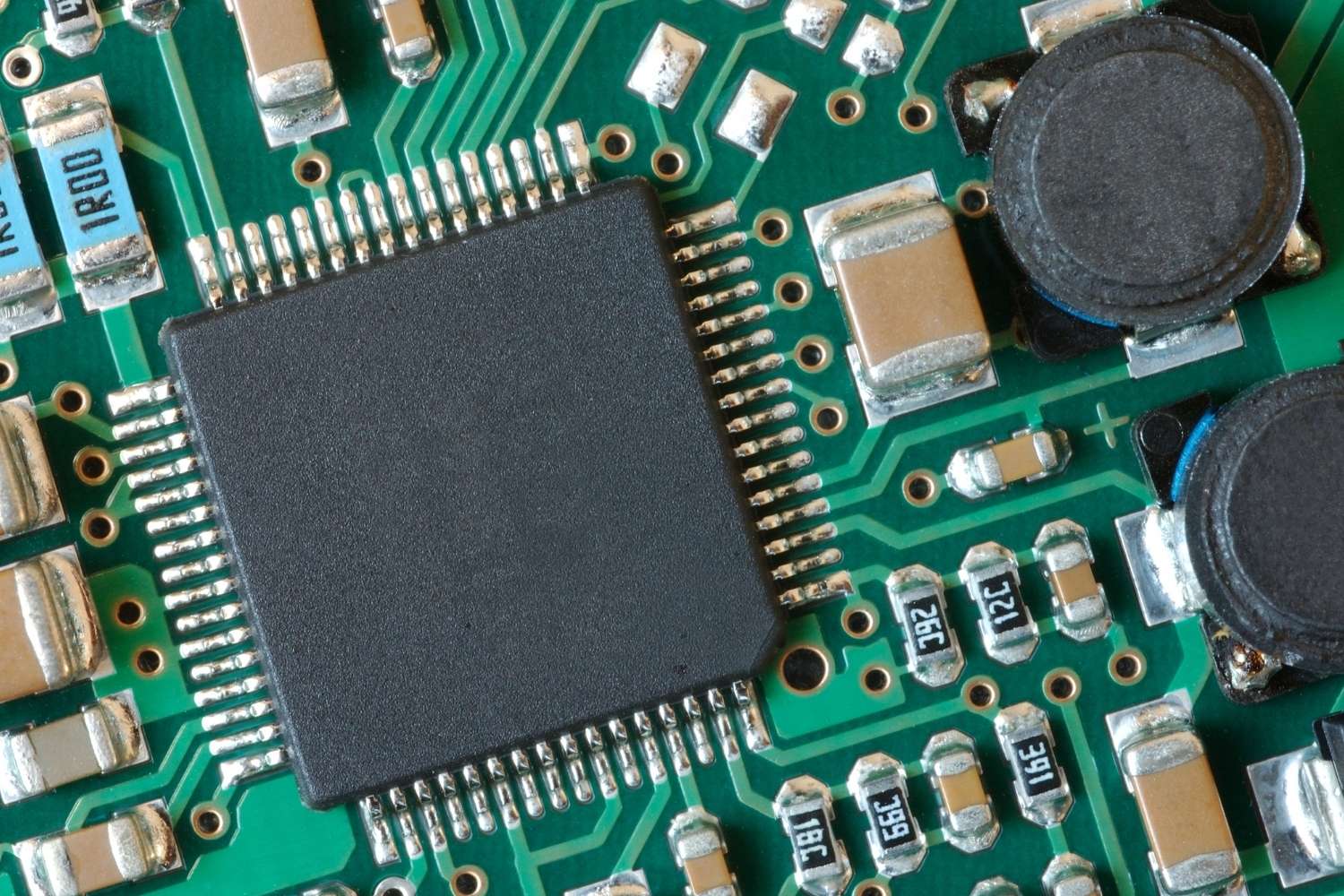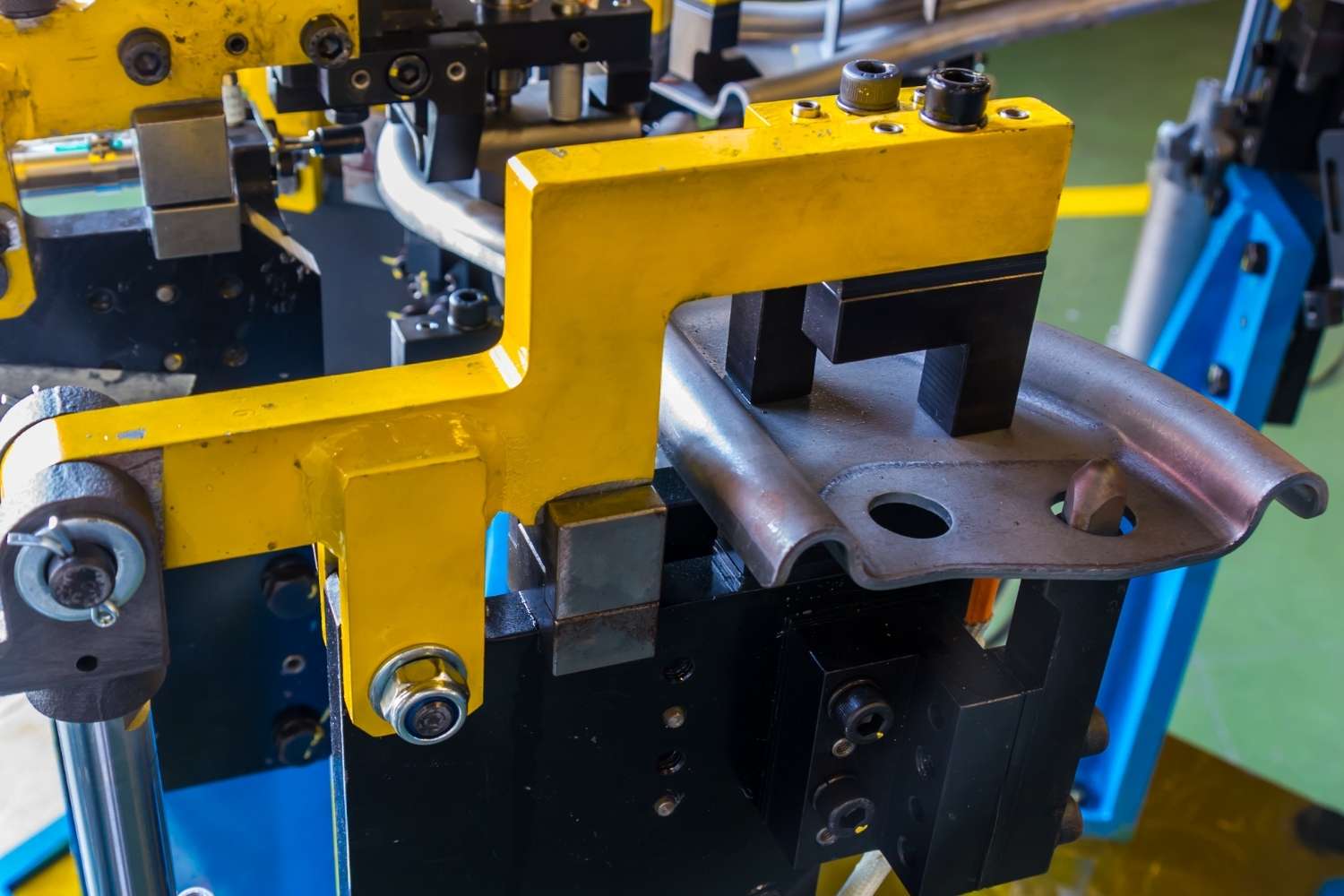Manufacturing is the backbone of modern industry, and efficiency is key to ensuring production processes are smooth, cost-effective, and reliable. Among the tools that have revolutionized manufacturing, jigs and fixtures play a vital role. These devices help ensure that manufacturing processes are accurate, consistent, and repeatable, leading to enhanced productivity. In this article, we’ll explore how jigs and fixtures improve efficiency in manufacturing by boosting precision, reducing production time, improving safety, and lowering costs.
What Are Jigs and Fixtures?
Jigs and fixtures are specialized tools designed to assist in the manufacturing process, improving accuracy and efficiency. While the two terms are often used together, they serve distinct functions:
- Jigs are tools used to guide machinery or tools to perform repetitive tasks. They help control the location and movement of the machine, ensuring that tasks like drilling, cutting, or shaping are done in the right place with precision. For instance, drill jigs hold workpieces and guide the drill to ensure holes are drilled in the exact spot every time.
- Fixtures, on the other hand, are used to securely hold workpieces in place during machining, assembly, or inspection. Fixtures ensure stability and prevent movement, which is essential for ensuring the quality of the final product. Examples include milling fixtures used in CNC machining or welding fixtures used in metalworking.
Both jigs and fixtures are critical in high-volume manufacturing processes where accuracy and consistency are paramount.
Role of Jigs and Fixtures in Improving Manufacturing Efficiency
Jigs and fixtures contribute to manufacturing efficiency in various ways. Let’s dive into how they enhance different aspects of the production process:
1. Enhancing Precision and Accuracy
One of the primary benefits of using jigs and fixtures is their ability to improve precision. In manufacturing, even minor variations in product dimensions or assembly can lead to defects, increased waste, and higher costs. Jigs and fixtures help eliminate this issue by ensuring that tools and workpieces are positioned accurately.

For example, in CNC machining, a fixture can hold the workpiece securely, allowing the machine to perform tasks like milling, drilling, or turning with pinpoint accuracy. Similarly, in automotive assembly lines, jigs are used to guide robots or human workers in performing precise welding or drilling tasks, ensuring that each part of a car is built to exact specifications.
The impact is significant: fewer defects, less waste, and higher-quality products, which ultimately leads to greater customer satisfaction.
2. Reducing Production Time
Efficiency in manufacturing isn’t just about precision; it’s also about speed. Jigs and fixtures play a crucial role in speeding up production processes. By automating or streamlining repetitive tasks, these tools drastically reduce the time needed to perform each operation.

For instance, using a drill jig allows workers to drill multiple holes in quick succession without needing to measure and mark each hole’s location manually. Similarly, modular fixtures used in CNC machines can be set up quickly, allowing manufacturers to switch between different production runs with minimal downtime.
By reducing the setup and operation time, jigs and fixtures help manufacturers increase throughput and meet production targets more efficiently.
3. Reducing Labor Costs
Manufacturing processes often require skilled labor to ensure precision, but jigs and fixtures can reduce this dependency. Since jigs guide tools and fixtures hold workpieces in place, less experienced workers can perform tasks that would typically require a high level of skill. This shift can result in lower labor costs without sacrificing quality.
In metalworking, for example, welding fixtures ensure that workpieces remain steady, reducing the risk of human error. This allows manufacturers to hire operators with less technical expertise while still achieving high-quality welds.
Additionally, by reducing errors and rework, manufacturers can cut down on labor costs associated with correcting mistakes.
4. Improving Safety
Safety is a top priority in any manufacturing environment, and jigs and fixtures play a role in reducing the risk of accidents. By holding workpieces in place or guiding tools, these devices minimize the need for workers to handle parts directly during machining or assembly, reducing the risk of injury.
For instance, in welding applications, jigs and fixtures hold components in place, protecting workers from the heat and sparks of the welding process. In machining, fixtures prevent workpieces from moving, which could cause dangerous accidents if tools were to come in contact with them unexpectedly.
Improving safety not only protects workers but also prevents costly downtime due to accidents and equipment damage.
5. Enhancing Product Consistency and Quality
In mass production, consistency is key. Jigs and fixtures ensure that each product meets the same specifications by minimizing variations between production runs. This is particularly important in industries like automotive, electronics, and aerospace, where precision and consistency are critical.

For example, in printed circuit board (PCB) manufacturing, jigs ensure that components are placed precisely on the board, allowing for reliable electrical connections. In aerospace, fixtures ensure that every part of an aircraft is built to exact standards, ensuring safety and performance.
By maintaining consistent quality, manufacturers can reduce the likelihood of defective products, returns, or recalls.
Types of Jigs and Fixtures and Their Application in Different Industries
Jigs and fixtures come in many forms, each tailored to specific industries and processes. Here are some examples:
- Drill Jigs: Commonly used in the automotive and aerospace industries for precise drilling operations.
- Welding Jigs: Used in metalworking and construction to hold components in place during welding, ensuring accurate joints.
- Milling Fixtures: Widely used in CNC machining to stabilize workpieces for milling operations.
- Turning Fixtures: Used in lathe operations to hold workpieces during the turning process.
- Assembly Fixtures: Found on assembly lines, particularly in electronics and appliance manufacturing, to ensure components are aligned and joined correctly.
Benefits of Implementing Jigs and Fixtures in Manufacturing
The benefits of using jigs and fixtures extend beyond improving efficiency. Here are a few key advantages:
- Increased Productivity: By reducing the time spent on setup and operations, manufacturers can produce more units in less time.
- Better Quality Control: Jigs and fixtures ensure that every part is made to the same specifications, reducing defects and improving overall product quality.
- Lower Operational Costs: With fewer errors, less waste, and a reduced need for skilled labor, manufacturers can lower production costs.
- Flexibility and Scalability: Modular jigs and fixtures allow manufacturers to quickly adapt to new product designs, making it easier to scale operations.
Challenges and Considerations When Using Jigs and Fixtures
While jigs and fixtures offer numerous benefits, there are challenges and considerations to keep in mind:
- Initial Investment: Designing and manufacturing jigs and fixtures can require a significant upfront cost, especially if they need to be customized for specific processes.
- Maintenance: Regular maintenance is essential to ensure that jigs and fixtures remain accurate and functional.
- Customization: For some complex tasks, jigs and fixtures may need to be custom-built, which can limit flexibility.
Future of Jigs and Fixtures in Modern Manufacturing
The role of jigs and fixtures in manufacturing continues to evolve with advancements in technology. Here are some trends shaping the future:
- Integration with Automation and Robotics: As manufacturing becomes more automated, jigs and fixtures are increasingly being integrated into robotic systems to further improve efficiency.
- 3D Printing for Custom Fixtures: Additive manufacturing is making it easier and more cost-effective to create custom jigs and fixtures tailored to specific processes.
- Smart Jigs and Fixtures: The development of “smart” jigs and fixtures with embedded sensors is enabling real-time feedback and adjustments during manufacturing, further enhancing precision and efficiency.
Conclusion
Jigs and fixtures are indispensable tools in modern manufacturing, offering significant improvements in precision, speed, safety, and cost-efficiency. By investing in the right jigs, fixtures and tooling solutions, manufacturers can streamline their processes, reduce waste, and produce high-quality products at scale. As technology continues to advance, the role of jigs and fixtures will only become more critical in driving efficiency and competitiveness in the manufacturing sector. Jigs, fixtures, and tooling solutions
